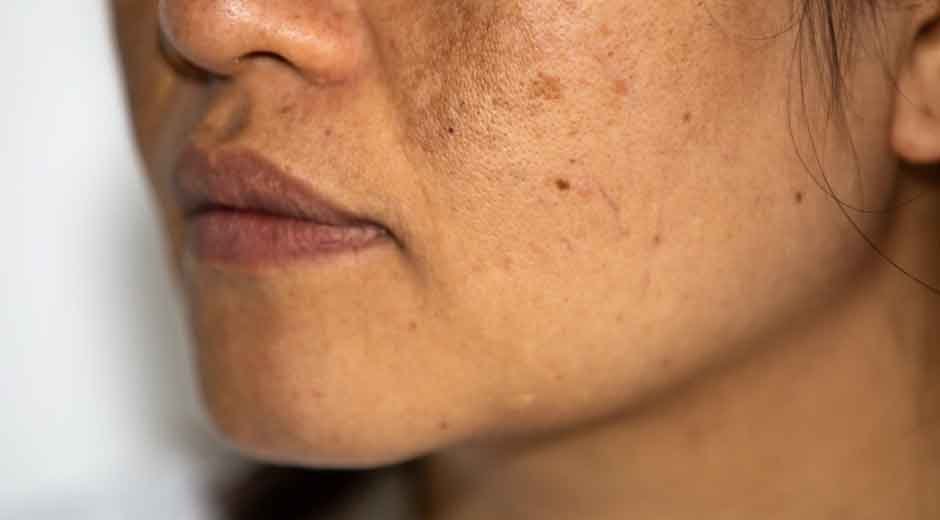As women enter their 30s, the skin begins to reveal subtle but persistent changes — dullness, uneven tone, and dark spots that seem to linger longer than before. Among these issues, pigmentation stands out as one of the most common and frustrating concerns. Hormonal fluctuations, UV exposure, and past acne scars all contribute to the development of uneven skin tone. For many, even the best brightening creams fall short, prompting a growing number of women to seek pigmentation laser treatment Singapore for more lasting results.
Understanding Why Pigmentation Increases After 30
1. Cumulative Sun Exposure
The effects of sun exposure accumulate silently over time. Even if you were diligent with sunscreen in your 20s, years of incidental UV damage — walking to work, driving, or outdoor dining — can surface as age spots or freckles in your 30s. Ultraviolet radiation triggers melanocytes, the pigment-producing cells, to create excess melanin as a defense mechanism. Over time, this pigment clusters unevenly, leading to visible discoloration.
2. Hormonal Changes and Melasma
Hormones play a significant role in pigment formation, particularly in women. Pregnancy, birth control pills, or hormonal imbalances can trigger melasma — a type of pigmentation that appears as symmetrical brown or grayish patches on the cheeks, forehead, and upper lip. Unlike freckles or sunspots, melasma sits deeper within the skin, making it more resistant to over-the-counter creams and requiring medical-grade treatments for visible improvement.
3. Post-Inflammatory Hyperpigmentation (PIH)
Acne scars, insect bites, or even skin irritation can leave behind dark marks once the inflammation heals. This is known as post-inflammatory hyperpigmentation. Individuals with medium to darker skin tones are especially prone to PIH, as their melanocytes respond more aggressively to injury. Without proper treatment, these marks can take months — or even years — to fade naturally.
4. Slower Skin Renewal
As the skin ages, its natural renewal process slows down. Dead cells accumulate on the surface, dulling the complexion and making pigmentation appear more pronounced. Reduced collagen production also makes the skin thinner, allowing pigment irregularities to become more visible. Regular exfoliation and targeted treatments help restore clarity, but deeper pigmentation often requires professional intervention.
Why Pigmentation Persists Despite Home Treatments
Topical creams and serums can help fade superficial pigmentation, but many forms of discoloration sit deep in the dermis, beyond the reach of over-the-counter formulas. Active ingredients like vitamin C, niacinamide, and retinoids improve overall brightness but are limited in addressing deeper pigment clusters. Additionally, unmonitored use of strong actives can sometimes irritate the skin barrier, triggering more inflammation and darkening.
This is where professional treatments — such as pigmentation laser treatment in Singapore — come in. Lasers target melanin deposits with precision, breaking them into tiny particles that the body naturally eliminates. Modern laser systems like Pico and Q-switched lasers are designed to minimize downtime while improving both superficial and deep pigmentation.
How Pigmentation Lasers Work
Pigmentation lasers deliver concentrated light energy into the skin to break down excess melanin without damaging surrounding tissue. The heat from the laser causes the pigment to fragment, and the body’s natural healing process gradually clears it away. Depending on the severity and depth of pigmentation, multiple sessions may be needed to achieve even results.
In Singapore, dermatologists often combine laser therapy with chemical peels, brightening serums, and strict sun protection to enhance and sustain results. Each treatment plan is customized based on skin tone, pigment type, and sensitivity level to ensure optimal safety and effectiveness.
Preventing New Pigmentation from Forming
Even with successful treatment, pigmentation can recur if preventive habits are not maintained. Key steps include:
- Daily sunscreen use: Broad-spectrum SPF 50 or higher, reapplied every 2–3 hours outdoors.
- Sun protection habits: Wearing wide-brimmed hats or seeking shade during peak UV hours.
- Barrier repair: Using gentle cleansers and moisturizers to prevent inflammation-related pigmentation.
- Lifestyle care: Managing stress, balancing hormones, and maintaining a diet rich in antioxidants to support overall skin health.
When to See a Dermatologist
If pigmentation persists for more than a few months, spreads despite skincare efforts, or becomes darker after sun exposure, it’s time to consult a dermatologist. Professional evaluation helps determine whether you’re dealing with melasma, sun damage, or PIH — each requiring a different approach.
A qualified specialist can assess your skin condition accurately and recommend the right combination of topical treatments, laser procedures, and preventive care to restore brightness safely.
Conclusion
Pigmentation may be a common part of aging, but it doesn’t have to define your complexion. By understanding its triggers and seeking timely, professional care, it’s possible to achieve clearer, more radiant skin at any age.
Partnering with an experienced dermatologist for pigmentation laser treatment in Singapore allows you to target discoloration at its source — achieving visible improvement while preserving your skin’s natural glow. With consistent care and sun protection, your skin can look even-toned, luminous, and healthy well beyond your 30s.






